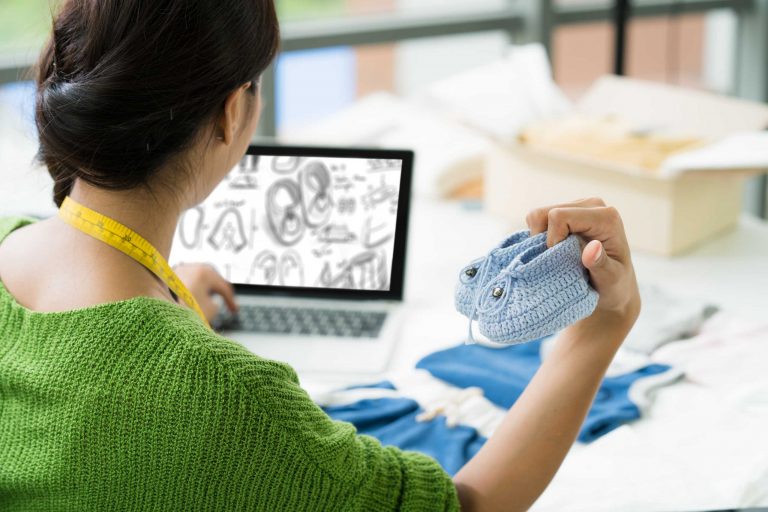If you’re just starting your sketching journey, chances are you’ve already made some “mistakes.”
Maybe your lines are wobbly.
Maybe your proportions look off.
Maybe you feel like your drawings are… well, bad.
Here’s a secret:
That’s not a problem. That’s part of the process.
Still, knowing what to expect — and how to grow through it — can make your learning smoother and way more enjoyable. Let’s explore five common mistakes beginners make (and why they’re not as scary as they seem).
1. Drawing What You Think You See
Most people draw symbols — not shapes.
They sketch what they think an “eye” or a “tree” looks like, not what’s actually in front of them.
Try this instead:
Slow down. Look longer. Forget the name of the object.
Focus on contours, light, and negative space. Drawing becomes easier when you stop naming and start seeing.
2. Pressing Too Hard
It’s tempting to dig your pencil into the page — especially when you’re unsure. But heavy lines are harder to erase, adjust, or build upon.
Tip:
Practice with soft, light strokes at first.
Let your lines whisper, not shout. You can always go darker later.
3. Avoiding Mistakes
Ironically, being afraid to mess up leads to more stiffness and hesitation — which makes drawings look less confident.
Reframe it:
Mistakes are not flaws. They’re feedback.
That slightly crooked line? It taught your hand something.
That awkward sketch? It’s the foundation of your next breakthrough.
Sketching is learning. Learning is messy. Embrace it.
4. Skipping the Basics
Some beginners jump straight into complex illustrations or full characters, thinking they’ll “figure it out along the way.”
The result? Frustration.
Start with structure.
- Practice basic shapes
- Try gesture sketches
- Focus on proportion, not perfection
Mastery grows from repetition, not shortcuts.
5. Comparing Yourself to Others
This one sneaks in early. You scroll through someone’s amazing sketches and suddenly feel like giving up.
But here’s the truth:
- You don’t know how long they’ve been drawing
- You’re comparing their chapter 10 to your chapter 1
- Art is not a race — it’s a path
Track your own progress.
Compare your current sketches to last month’s. That’s where the real growth is.
Turning Mistakes Into Momentum
Every artist — yes, every single one — has a drawer full of clumsy, uneven, unfinished sketches.
They’re not proof of failure. They’re proof of commitment.
So the next time you feel frustrated, remember:
You’re not doing it wrong.
You’re doing it right, because you’re doing it at all.
The pencil only listens when you show up.
So show up.
Let your hand wobble. Let your lines wander. And trust that each page is teaching you more than you think.



